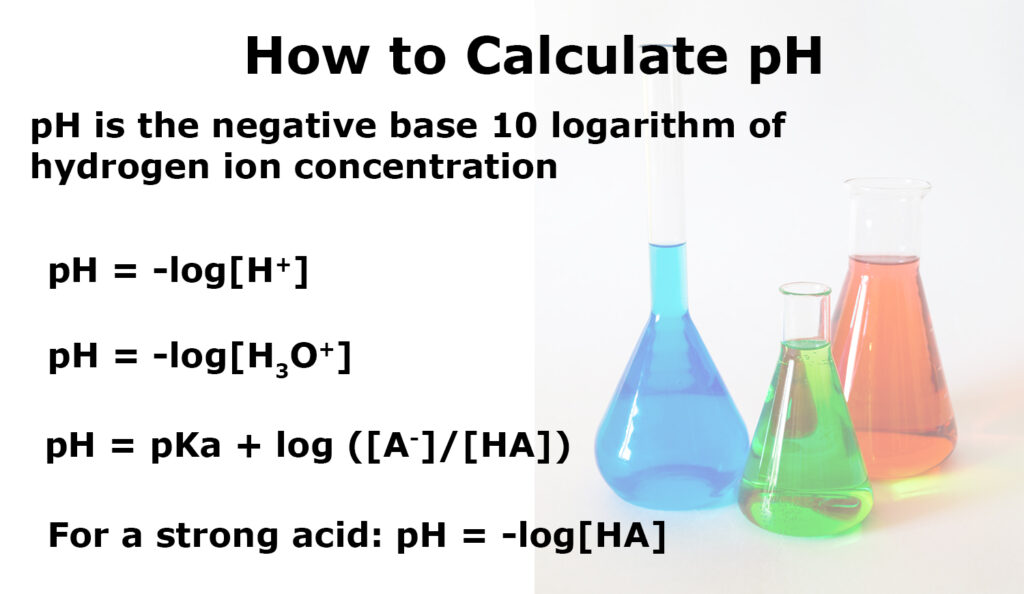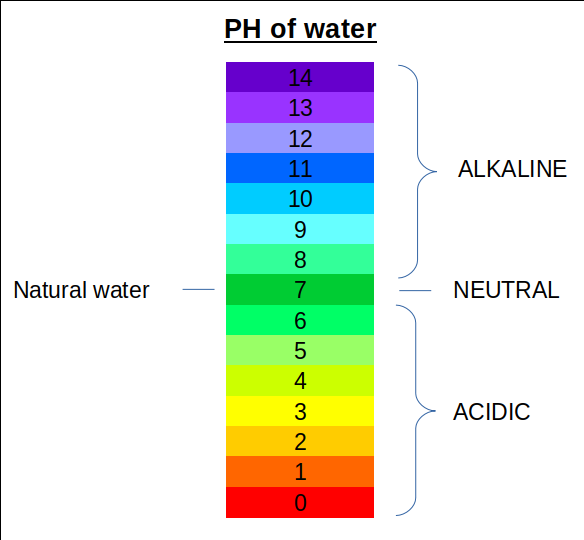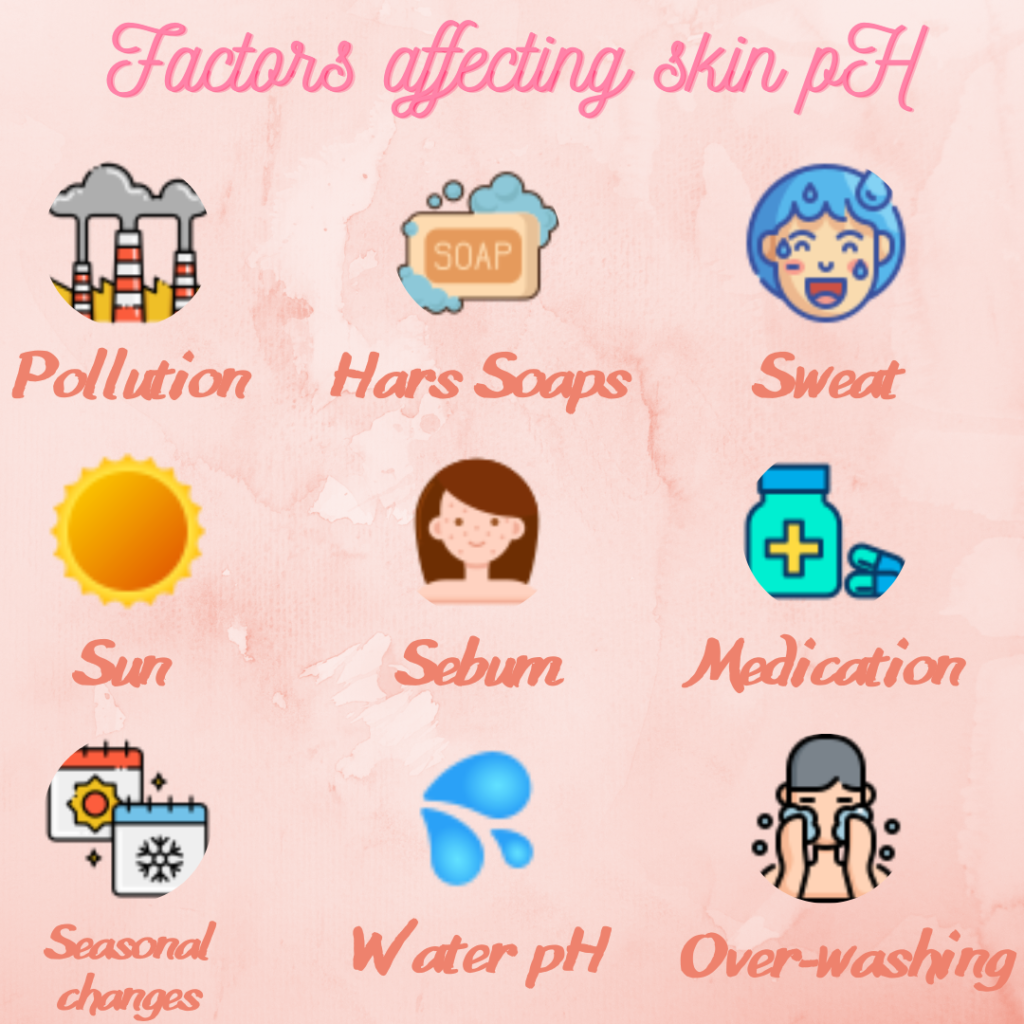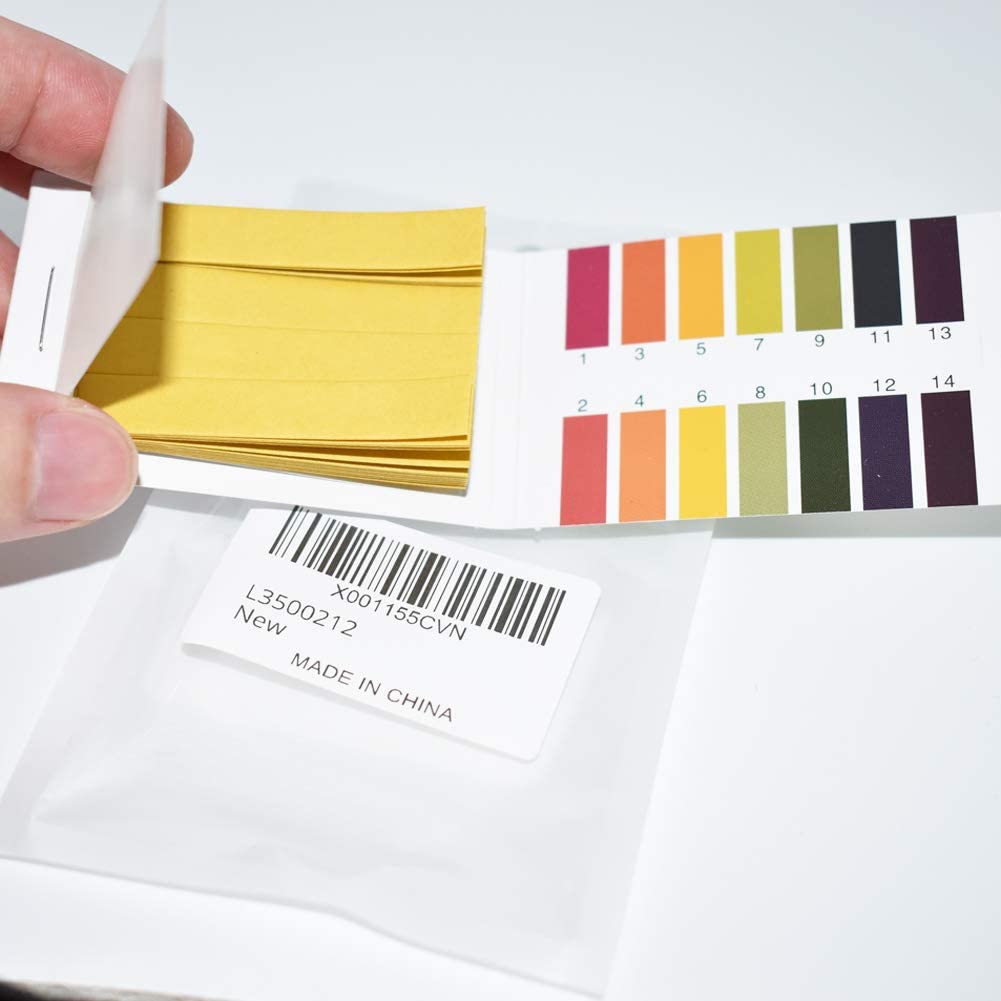It is very common to read statements like “gentle with the skin pH” or “respectful with skin pH” on cosmetic labels. Is that a marketing strategy? What is skin pH? And, is it so important? In this post, I am going to define pH and talk about the importance of keeping the right skin pH to get healthy skin.
A bit of chemistry: what is the pH?
pH is a chemical term introduced by Sorensen. He was a Danish chemist who worked at the University of Copenhagen. He was studying the influence of ion concentration over amino acids, proteins and enzymes. In 1909, he found a simple way to quantify the concentration of hydrogen ions in a solution. He called that “potential of hydrogen”, which became later what we know as pH.

In more simple words, pH is a scale used in chemistry to measure the acidity or basicity of an aqueous solution. It is a logarithmic scale. An acidic solution contains a high concentration of hydrogen ions and a low pH. On the other hand, a basic solution is just the opposite, with high pH which means a low hydrogen ions concentration.
As an example, below I show you the pH of some common substances.


What is skin pH?
The skin is covered by an acidic layer called the “acid mantle”. This acid mantle is a protective layer which prevents harmful microorganisms from penetrating the skin and causing infection. When the acid mantle is compromised, we can suffer from different skin concerns, including acne, rosacea, dry skin or dermatitis among others. Therefore, it is essential to keep our acid mantle healthy.
The acid mantle contains sebum (free fatty acids) coming from the sebaceous glands, mixed with amino acids and lactic acid. This mixture gives the skin an acidic pH between 4 and 7. The pH of healthy skin is about 4.7 but the number depends on different externals as well as internal factors (gender, age, part of the body, skin colour, etc).

Which are the functions of the acid mantle?
The acid mantle plays different roles in the human body and all of them are very important for the health of our skin.
The main and most important function is the protection of the skin. The acid mantle protects against bacteria, fungi and viruses as well as from pollutants. At the same time, the acid mantle allows the growth of the microbiome, a collection of bacteria beneficial for our skin and health. The acid mantle allows the balance between harmful and beneficial bacteria, so our skin can be and look healthy.
The acid mantle keeps the skin moist. Thanks to the pH in the acid mantle, our skin can produce ceramides, fatty acids, cholesterol and other lipids involved in the natural skin barrier. These molecules help to keep the skin moist and healthy.
Another important function of the acid mantle is related to cell renewal turnover. The acid mantle helps with the natural skin barrier peeling. The skin goes through a periodic peeling, which allows the elimination of the dead cells and, therefore, favours the production of new ones.
All these functions are very important for healthy skin. A change in the skin’s pH can produce very serious skin problems and concerns. If the skin pH is too high, the skin is very basic and unable to synthesise lipids. The skin will look dehydrated and flaky, as without lipids the skin cannot retain moisture.
On the other hand, if the pH is too low, the skin becomes acidic and that may cause an imbalance between beneficial and harmful bacteria, which may lead to infections like acne.
Factors affecting the skin pH
There are two types of factors which influence the skin pH. On one side we can mention the endogenous factors. We can’t do anything to change them as they are related to our genetics and life (age, gender, etc). On the other side, we can find external factors, which can be easily modified to keep the skin’s pH at healthy levels.
Endogenous Factors Affecting the skin pH
These factors depend on the nature of the person and are part of each one. Therefore, there is nothing we can do to change them. The most important are:
Age
Our skin pH changes with the age. Just after birth, the skin pH is basic (that is why the babies’ skin is so delicate). As we grow, the skin’s pH changes to an average of 5.5. However, as we get old (over 55 approx.) the skin becomes again basic. As a consequence, wrinkles, fine lines, dehydrated skin, pigmentation and other concerns appear.
Gender
Generally, skin pH is lower in young males compared with same-age females. This difference is not that big during adulthood, but male skin is always more acidic than female skin.
Skin colour
People with fair skin colour have a higher pH than people with dark skin.
Part of the body
The skin pH is not the same across the body and changes depending on the part of the body. In the table below I am showing the skin pH in different parts of the body for males and females. As I mentioned, the pH of the male skin is always lower except in the armpits.
| Female | Male | |
| Forehead | 5.4 – 5.8 | 5.1 – 5.5 |
| Armpit | 5.8 – 5.94 | 6.58 – 6.67 |
| Arm | 4.8 – 5.5 | 4.3 – 4.7 |
| Wrist | 5.8 | 5.56 |
| Shiny hair | 4.2 – 5.5 | |
| Dull Hair | >7 |
Our hands normally have a more basic pH because we wash them frequently and most of the soaps we use are alkaline. The armpits are a dark and humid area where bacteria may grow easily. That together with the use of chemicals like the chemicals included in the deodorants, increases the pH levels.
Skin type
Not all skin type has the same pH values. The pH in normal skin is between 5.2 to 5.5, while oily skin has lower pH (4.9 -5) and dry skin has higher values (5.7 – 5.9).

External factors Affecting the Skin pH
Exposure to pollutants
That is especially important if you live in a city. The skin is continuously exposed to pollutants, like car exhaust, cigarette smoke, etc. These pollutants can affect the skin’s pH.
Change in temperature and moisture levels
Due to the use of heating and cooling systems, our skin is exposed to continuous changes in temperature and moist conditions which affect our skin pH.
An excess of hygiene.
Normally, the soaps we use to wash our skin show high pH levels, they are quite basic. The overuse of soaps can drastically increase skin pH. It is not healthy to wash our skin with soap more than once a day.
Exposure to other chemicals
We are exposed to a huge amount of chemicals like cleaning products, pesticides, cosmetics, etc which affect our skin pH.
Some medications like the use of antibiotics or hormonal treatments.
Use the wrong cosmetics for your skin type.

How to protect our acid mantle and the skin pH
The human body is amazing and the acid mantle has the capability of self-repair. However, we should allow that process following a few good habits.
First of all, be careful with the soap you use to clean your skin. If the soap you use is very basic it will have a negative impact on the skin, avoiding the acid mantle from self-repair.
Exfoliation of the skin can also affect the acid mantle. Despite exfoliation of the skin being a key step in your skincare routine to get healthy skin, over-exfoliation may damage it. Avoid exfoliating the skin very frequently (once to three times a week is enough) and use gentle exfoliators.
Something that we normally don’t pay attention to but which is very important is the temperature of the water we use to wash our skin. Both extremes, very hot as well as very cold water, are not beneficial for the skin. Ideally, we should use warm water.
I think I’ve mentioned that in a previous post, but this is the worst mistake if you want healthy skin. I am talking about going to sleep on makeup. Never go to sleep in makeup. Our skin will regenerate while we sleep and sleeping on makeup will avoid skin regeneration.
Finally, we should consider the pH of the products we apply to the skin. Most of the soaps are basic and, therefore, we should re-balance the skin pH after washing them.

pH of the cosmetics
It is important to consider the pH of the products we apply to the skin. I mentioned the importance of rebalancing the skin’s pH after using soaps. The best way to do that is by applying a toner. The main function of a toner is re-equilibrating the skin’s pH, so it is a big mistake to skip the toner in your skincare routine.
In general, most of the cosmetics we use have a pH similar to the natural skin pH. This pH may be different in products for different skin types, herein is the importance of using the right product for your skin type. The pH range for some of the products is:

How to measure the pH
The ideal way to measure the pH is using a pH metre, which measures the difference of potential between the solution of interest and a reference. However, this instrument is not available for home use and we should use something else.
The easiest way to measure pH at home is by using pH strips. These are paper strips impregnated with a substance which changes colour depending on the pH. Comparing the colour of the strip after wetting with the product with the reference card on the strips’ packaging we get a good idea about the pH of the product. You can buy them from Amazon for less than £3.

In summary, it is important to keep our skin pH within healthy levels to avoid infections and irritation on our skin. We only need to be careful with the products we use. The self-regeneration skin ability will do the entire job. However, that will not be possible if we are continuously damaging the skin.


Bear in mind that some of the links in this post are affiliate links and if you go through them to make a purchase I will earn a commission. Keep in mind that I link these companies and their products because of their quality and not because of the commission I receive from your purchases. The decision is yours, and whether or not you decide to buy something is completely up to you.



